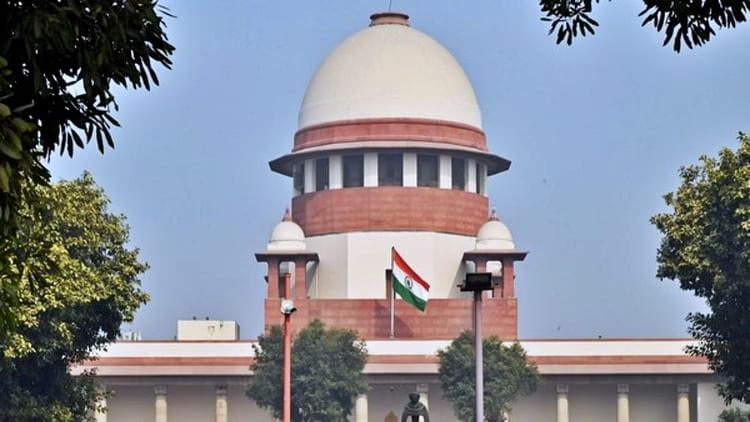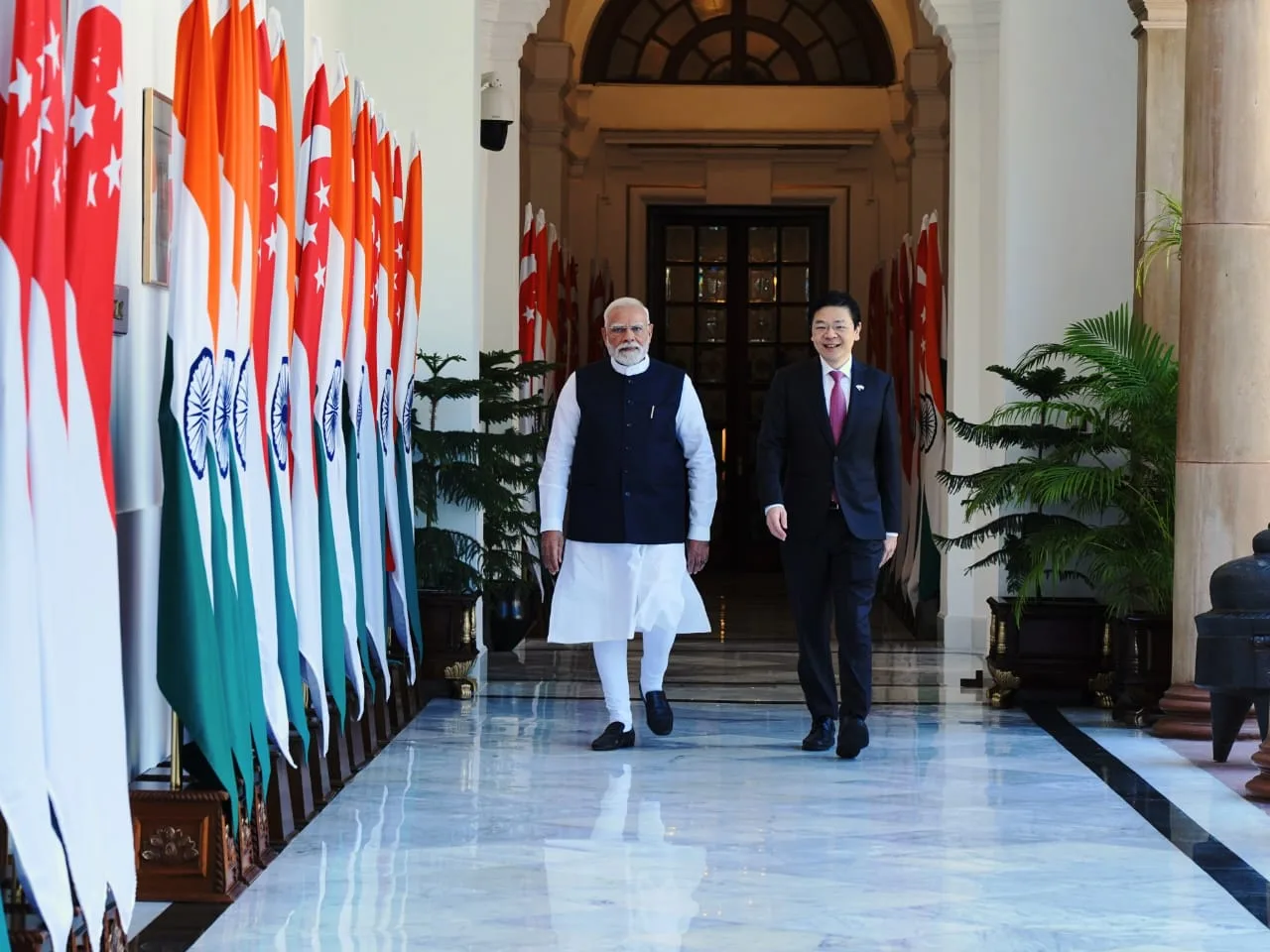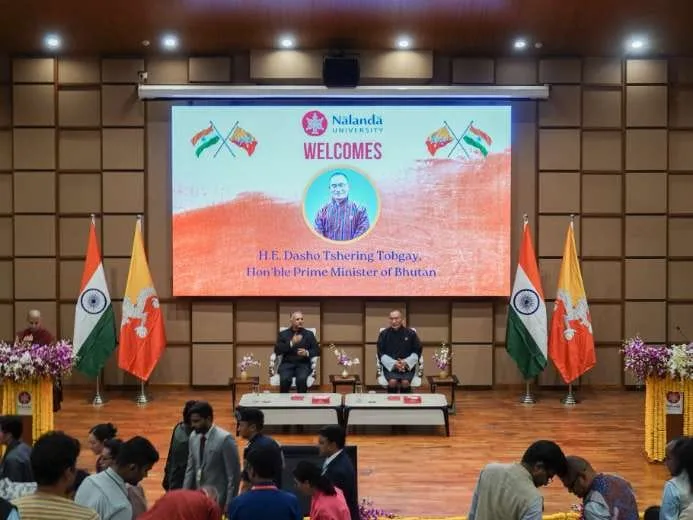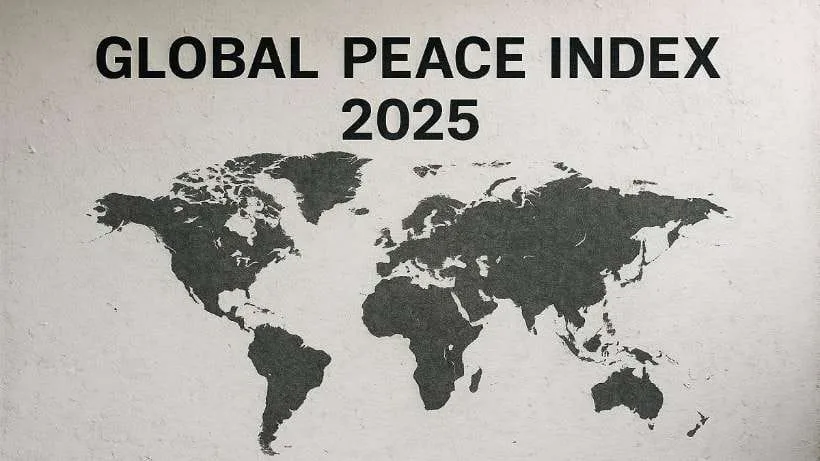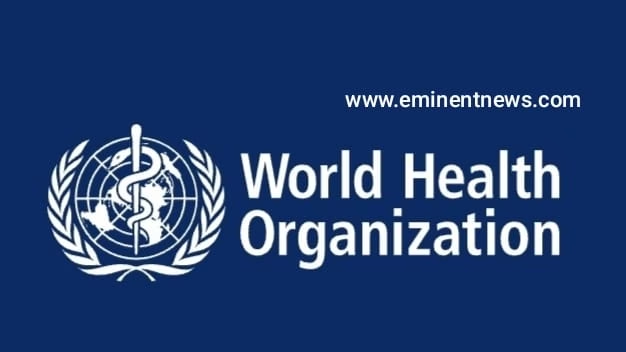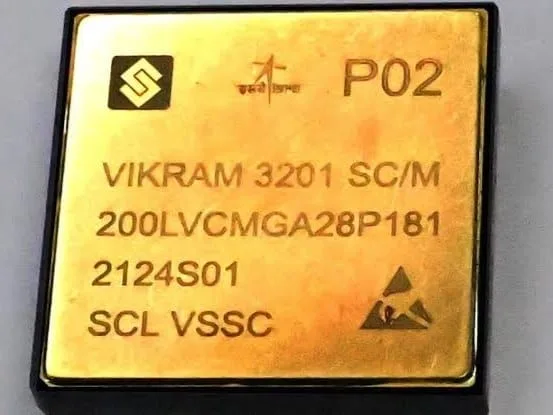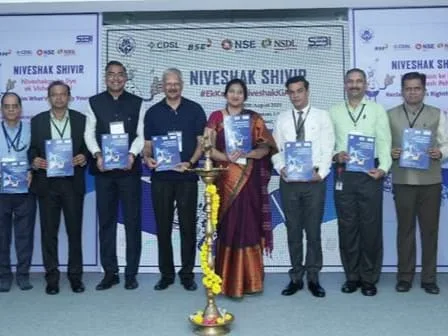The Pradhan Mantri Uchchatar Shiksha Abhiyan (PM-USHA) scheme, launched by the Ministry of Education, aims to improve the quality of higher education in state universities and institutions in India . It is a centrally sponsored scheme . Recent news below
- Several states have signed MoUs with the Union education ministry to implement the National Education Policy, while some states have raised concerns over the funding arrangements .
- Kerala has secured ₹405 crore funding under PM-USHA to boost higher education infrastructure and inclusivity .
- Odisha has launched the PM-USHA program with a budget of Rs 500 crore to enhance higher education institutions’ infrastructure and development in the state .
- Government Degree College Kargil has started a three-week-long Bridge Course for 12th Class Fresh Pass-out Students under PM-USHA .
Objectives and Focus Areas:
- Successor to RUSA: PM-USHA is the successor program to the Rashtriya Uchchatar Shiksha Abhiyan (RUSA), which was launched in 2013 .
- Equity, Access, and Inclusion: The scheme promotes equity, access, and inclusion in higher education . It aims to provide opportunities to disadvantaged groups, including women, minorities, and people with disabilities, to increase their enrollment in higher education .
- Quality Improvement: PM-USHA focuses on improving teaching quality and the accreditation of colleges and universities . It also seeks to upgrade the physical and digital infrastructure of higher education institutions and convert single-stream institutions into multi-stream ones .
- Employability: A key focus of PM-USHA is to improve the employability of graduates through market-linked courses, industry exposure, internships, and skill-based education . The scheme emphasizes the development of cognitive skills and learning outcomes .
Key Components and Initiatives:
- Multidisciplinary Education and Research Universities (MERUs): Funding is provided to establish and strengthen MERUs .
- ICT-Based Digital Infrastructure: PM-USHA promotes the use of ICT tools such as the National Digital Library, DigiLocker, and virtual laboratories . It also supports faculty development programs to enhance teachers’ capacity in using ICT tools . Institutions are encouraged to provide Wi-Fi facilities, smart classrooms, and virtual labs .
- Industry-Academia Collaboration: The scheme encourages collaboration between industry and academia to strengthen skills, innovation, and employability . It focuses on setting up employment cells to create links between education, industry, and the market .
- National Education Policy (NEP) 2020 Alignment: PM-USHA is guided by the National Education Policy 2020 .
Financial Aspects:
- Outlay: The plan has an outlay of ₹12,926.10 crore for the period 2023-24 to 2025-26 .
- Funding Ratio: The central government provides 60% of the funds, while states contribute the remaining 40% .
Implementation and Monitoring:
- Institutional Structure: PM-USHA is implemented and monitored through a multi-tiered institutional structure at the central, state, and institutional levels .
- Central Level Bodies: These include the National Mission Authority (NMA), the Project Approval Board (PAB), the National Project Directorate (NPD), and the Technical Support Group (TSG) .
- State Level Bodies: These include the State Higher Education Council (SHEC), the State Project Directorate (SPD), and the State Technical Support Group (State-TSG) .
- Institutional Level Bodies: These include the Board of Governors (BOG) and the Project Monitoring Unit (PMU) .
- PM-USHA will be a step for achieving SDG goal till 2030
- for national news click www.eminentnews.com



